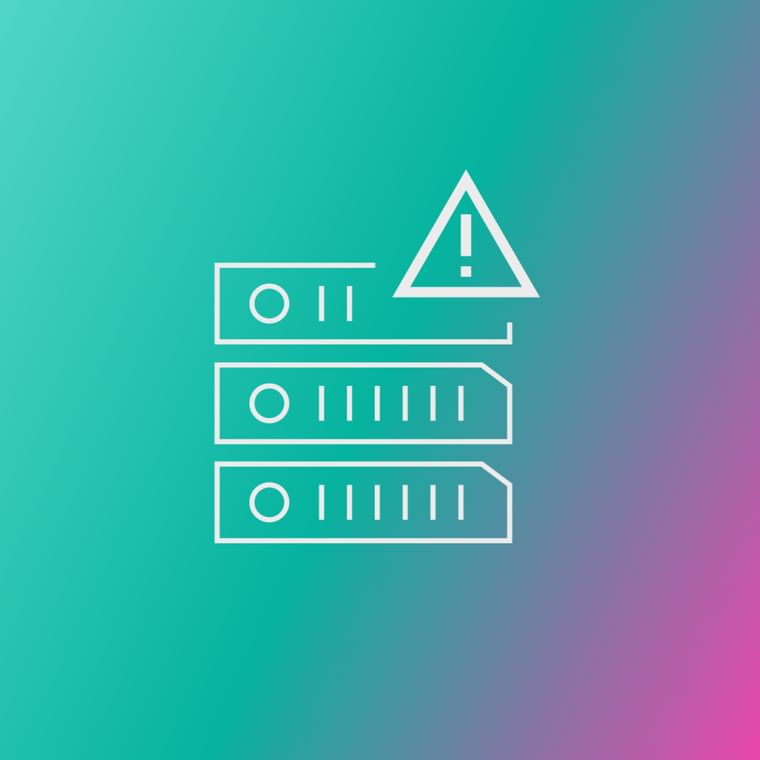A pharming attack represents a significant pharming cybersecurity threat because it covertly redirects users to fraudulent websites without obvious manipulation signs. Unlike phishing vs pharming differences, where phishing relies on deceptive communications, pharming scams subvert internet communication processes directly. This pharming and phishing distinction makes detection extremely difficult since users believe they're accessing legitimate sites. What is the primary danger of a pharming attack? It exploits user trust in familiar URLs, capturing banking credentials and payment details in real-time, leading to substantial financial fraud and identity theft across online platforms.
What Is Pharming? How DNS Spoofing and Malware Send Users To Fake Websites
Pharming is a cyberattack that secretly redirects users from legitimate websites to fake copies, typically through malware or by tampering with internet systems. Since users believe they're on the correct site, they often enter passwords, payment information, or other sensitive data before realizing anything is wrong.
What Is Pharming?
Pharming is a type of cyberattack in which hackers redirect users from legitimate websites to fake ones without the users’ knowledge. Attackers accomplish this by using malware or by tampering with internet systems that translate web addresses. The fake websites look identical to the real ones, so users don't realize anything is wrong.
When people enter their passwords, credit card information, or other personal details on these fake sites, the criminals steal that information. Pharming works so well because people assume they're on the right website, having typed in the correct address themselves, so they don't bother to double-check the web address in their browser.
How Does Pharming Work?
Pharming exploits the Domain Name System (DNS), which translates website names into IP addresses, allowing attackers to redirect users to malicious sites when they think they're visiting legitimate ones.
To understand how pharming works, it is essential to know how domain names and IP addresses function. When you enter a domain name into a browser, the request is sent to a server. The server then matches the domain name to an IP address and then loads the corresponding website.
Pharming exploits the process between entering a domain name and the DNS server uploading the correct website. Criminals will install malicious code to redirect a request to a different and fraudulent website. So, how do criminals install their malicious code?
Here are two ways it is done:
Malware-Based Pharming: A user unknowingly installs malware from a malicious email or accidental download. Once the computer is infected, the malware changes the local host files. Next, when the user enters a domain name into their browser, the malware automatically redirects to a fraudulent website.
DNS Spoofing: DNS spoofing is similar to malware-based pharming, but it occurs on a much larger scale. This tactic is typically aimed at companies that maintain their own servers. DNS spoofing involves modifying the DNS settings on a server to redirect potentially tens of thousands of people to a fake website instead of the legitimate one. In a pharming attack, criminals can install false information in the DNS cache, directing the user to a spoofed website.
What makes pharming especially dangerous is that it can target users without requiring any action on their part. Unlike other cyberattacks that rely on users clicking malicious links or downloading infected files, pharming works invisibly in the background. Users can type in the correct website address and follow all the proper security practices, yet still end up on a fraudulent site due to compromised DNS systems or malware already on their device.
What's the Difference Between Pharming and Phishing?
Pharming is a type of phishing that operates through behind-the-scenes manipulation, rather than relying on trick emails. Think of traditional phishing like someone trying to fool you with fake stories and urgent requests—you receive suspicious emails that ask you to click on links or download attachments. You can often spot these scams because they seem suspicious or overly aggressive.
Pharming attacks work more like someone who secretly changes your navigation system. When you drive to your bank, you end up at a perfect replica where criminals steal your information, but you never realize you've been redirected. You typed the correct web address and followed good security practices, yet you still became a victim.
This makes pharming cybersecurity threats particularly dangerous because they require no user action, and you can become a victim simply as you continue to browse normally. While phishing relies on fooling people through social engineering, pharming scams happen invisibly through DNS manipulation or malware. Criminals need more technical expertise to execute pharming attacks compared to simple email scams, but they're also much harder to detect.
Pharming attacks can target local computers, routers, or DNS intermediaries, with routers being especially vulnerable due to default passwords. This is why security experts refer to pharming as "phishing without a lure," as the trap is already set in your internet connection before you even begin browsing.
What Is an Example of Pharming?
Detecting pharming attacks early is crucial because they can compromise thousands of users simultaneously without leaving evident traces. This is why understanding real-world examples is beneficial for organizations and individuals, as it enables them to recognize warning signs before their sensitive data is stolen.
An example of pharming occurred in 2015. Visitors who typed "www.malaysiaairlines.com" were redirected to a hacker-controlled page instead of the actual site. The attackers altered DNS settings at the domain registrar, so no malware was needed on the victims' devices. While the incident was framed as a prank, the same tactic could just as easily have been used to harvest credentials or payment data.
This pharming attack demonstrates how easily it can be to redirect thousands of people simultaneously. The hackers didn't need to trick individual users or install malware on their computers. Instead, they simply changed the internet's "address book" that tells browsers where to find websites. When people typed the airline's correct web address, they were automatically sent to the fake site instead.
The most concerning part was that victims had no way to know something was wrong. Their browsers displayed the correct website address, and they were attempting to visit a legitimate airline site. Everyone who visited during the attack was redirected without any warning.
How to Protect From Pharming
While pharming attacks happen behind the scenes, there are practical steps you can take to shield yourself and your organization from these invisible threats. The key is building multiple layers of defense since no single solution can catch every attack.
Start with the basics by creating strong, unique passwords for all your accounts, especially your router and DNS settings, since weak credentials make it easier for attackers to compromise your local network. A password manager becomes particularly valuable here because it won't automatically fill in your login details if you're redirected to a fake website that looks identical to the real one.
Adding multi-factor authentication wherever possible creates another barrier that makes it much harder for criminals to access your accounts, even if they do manage to steal your password through a pharming attack. Keep your anti-malware software updated since some pharming attacks rely on malware that manipulates your computer's DNS settings locally.
Consider upgrading to a more secure DNS service that includes built-in protections against domain spoofing and malicious redirects. When you're out and about, avoid connecting to public or free Wi-Fi networks, as attackers can more easily intercept and redirect your web traffic. A VPN adds encryption that makes it much harder for criminals to manipulate your internet connection.
Since many pharming attacks begin with malicious emails that install malware or trick users into visiting compromised websites, investing in advanced email security becomes crucial. Traditional email filters often miss sophisticated threats that use social engineering and credential phishing techniques.
Modern email security solutions like Abnormal use artificial intelligence and natural language processing to analyze the context and intent behind every message, catching suspicious emails that would otherwise slip through. These systems can detect red flags like unusual IP addresses, spoofed sender names, suspicious links and attachments, unauthorized changes to email filtering rules, and language designed to create urgency and bypass critical thinking.
The most effective defense against pharming combines technical safeguards with user awareness, creating a security posture that can adapt to evolving threats and protect your sensitive information from invisible attacks.
Pharming exploits weaknesses most users never see. Strengthen your defenses with Abnormal’s behavioral AI that spots credential phishing, malware delivery, and account-takeover attempts long before they succeed. Ready to see how it works? Request a personalized demo today.
Frequently Asked Questions (FAQs)
Get the Latest Email Security Insights
Subscribe to our newsletter to receive updates on the latest attacks and new trends in the email threat landscape.



